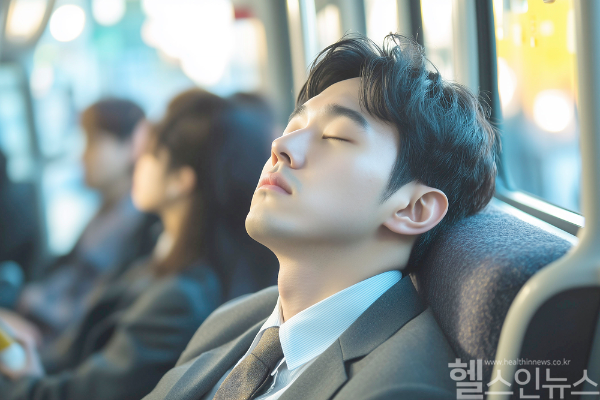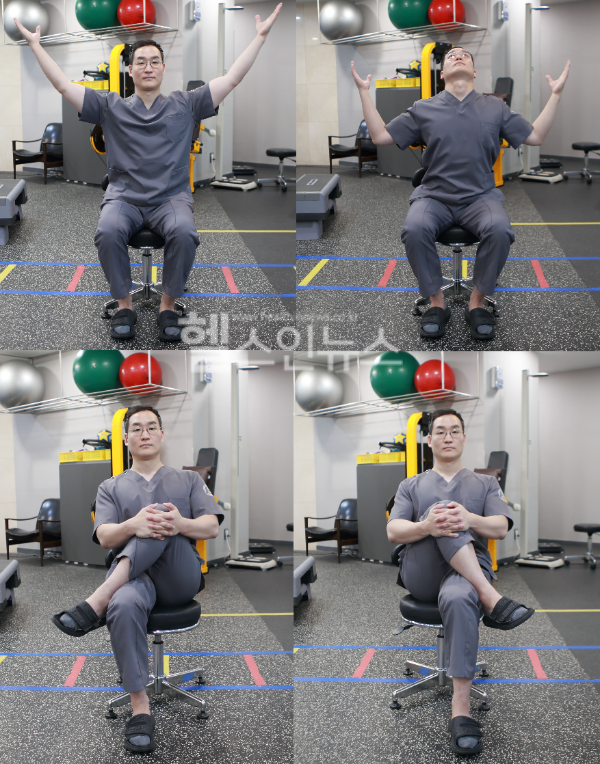Restoring Your Circadian Rhythm Starts with Sleep Hygiene
Vacations often disrupt sleep patterns due to late nights and irregular schedules, disrupting the circadian rhythm. While oversleeping may seem like a remedy, it can paradoxically worsen fatigue. Instead, aim for a consistent 7–8 hours of sleep nightly to realign your body’s internal clock. Avoid sudden overexertion, which strains the body, and limit stimulants such as caffeine, alcohol, and smoking, as they interfere with restorative sleep.
Extended travel by car or plane often causes discomfort in the lower back, neck, and shoulders, sometimes referred to as 'travel-related musculoskeletal strain' or 'spinal muscle fatigue'. This goes beyond simple stiffness, resulting from accumulated stress on the spine and tension in surrounding muscles and ligaments. Relief can be achieved through gentle massage with a warm towel or soaking in a hot bath to relax tense muscles.

Combatting Muscle Soreness with Hot-Cold Therapy and Stretching
Activities like swimming, hiking, or adventure sports during vacation can lead to muscle soreness within 24–48 hours. Staying sedentary or lying down for prolonged periods can exacerbate stiffness, so gentle movement and improved circulation are critical. Hot-cold therapy is particularly effective for recovery. Soak in warm water (around 104°F or 40°C) for 10–15 minutes, then switch to cool water for 1–2 minutes, repeating the cycle 2–3 times to reduce muscle fatigue.
“A brisk 30-minute walk in sunlight promotes blood circulation, improves spinal alignment, and boosts mood, making it an effective remedy for post-vacation fatigue. Dr. Park adds, "Short rests can help muscles relax, but prolonged lying down may stiffen the spinal muscles, reducing flexibility and increasing sensitivity to pain."

Stretching Smartly to Avoid Overexertion
Stretching is one of the most effective ways to relieve post-vacation fatigue, but it must be done carefully to avoid injury. Excessive or forceful stretching may worsen discomfort, particularly in individuals with wrist or ankle pain after activities such as swimming or water sports. Rather than massaging painful joints, apply a cold compress, secure the area with a bandage, and seek medical evaluation to rule out underlying injuries.
Lower back pain when standing up after sitting for long periods often stems from poor posture. To prevent discomfort, sit with your lower back supported by the chair and your hips positioned firmly against the backrest. When standing, lean the upper body slightly backward, pause for 3–5 seconds, and then rise slowly to reduce strain.
Targeted stretches can help alleviate spinal muscle fatigue. The 'chest-opening stretch' involves pulling both arms downward while drawing the shoulder blades together and gently tilting the head back. Perform this for 10 seconds, five times, to relieve tension in the neck, shoulders, and lower back. Another effective movement is the 'hip stretch,’ in which one knee is pulled toward the opposite shoulder for 15 seconds, repeated five times on each side. This exercise helps ease pelvic imbalances and relax tense lower back muscles.
Moving Forward with Mindful Recovery
Post-vacation fatigue is common, but with the right approach, you can quickly regain your energy and adapt to daily life. The key lies in balanced movement rather than excessive rest.Prioritizing restorative sleep, gentle stretching, and mindful recovery practices helps overcome lethargy and supports a smooth return to daily routines. Start listening to your body today—begin with a few simple stretches and take it one step at a time.
Lim Hye Jung, HEALTH IN NEWS TEAM
press@hinews.co.kr


